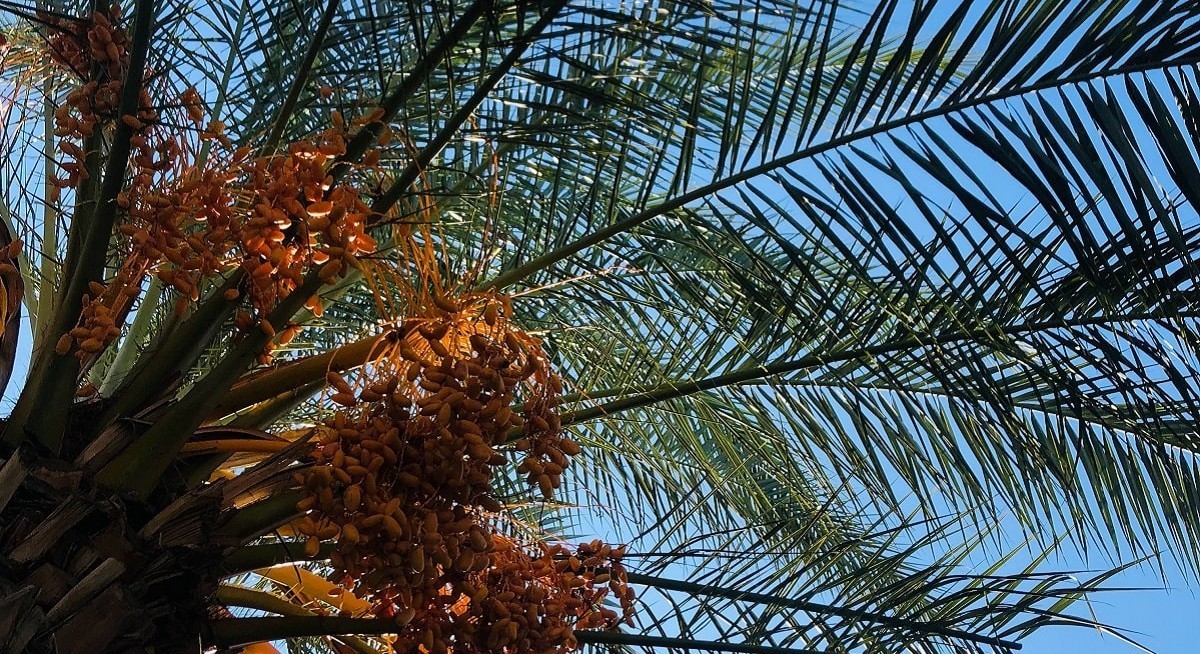Ong writes in his Aug 15 report: “We believe 2HFY2025 earnings will likely be lower h-o-h in anticipation of lower ASPs, mitigated by higher output.”
Adjusted for a fair value loss on biological assets of US$4 million ($5.13 million), the company’s 1HFY2025 core profit after tax and minority interests (patmi) of US$152 million formed 73% of Ong’s and 62% of consensus full-year estimates, beating both forecasts.
“Both upstream and downstream performed significantly better y-o-y,” writes Ong.
Included in the results is the maiden contribution from Austindo Nusantara Jaya’s (ANJ) acquired upstream assets.
See also: JP Morgan increases DBS’s TP to $70; upgrades OCBC and SGX to ‘overweight’ and UOB to ‘neutral’
Ong writes: “For upstream, First Resource’s strong earnings before interests, taxes, depreciation and amortisation (ebitda) of US$247 million was underpinned by higher fresh fruit bunches (FFB) nucleus output, better crude palm oil (CPO) ASP and better palm kernel (PK) oil ASP achieved.”
He adds: “And this was despite an inventory build-up of 75,000 tonnes in the 1HFY2025. As for fertiliser, we understand 1HFY2025’s application is on-track with 50% completion of its annual plan.”
For First Resources’ downstream division, Ong notes that performance surpassed expectations with an ebitda of US$32 million, translating to an ebitda margin of 5.5%, a 2.9 percentage point (ppts) y-o-y increase.
See also: Broker's Digest: KIT, Sanli Environmental, SG REIT, CSE Global, HKL, Wee Hur, Sembcorp Industries
“Its expanded 700,000 tonnes per annum (p.a.) biodiesel plants since Jan, which caters to Indonesia’ B40 mandate, is said to provide relatively more stable margins compared to its 600,00 tonnes p.a. refinery plant. We understand its overall downstream margin for 2HFY2025 will still be relatively stable vs 1HFY2025,” writes Ong.
Following the purchase of ANJ, the company now expects 20% to 25% FFB nucleus growth for the FY2025.
With this, Ong has raised his FY2025 to FY2027 core patmi for the company by 23% in the FY2025, 19% in the FY2026 and 19% in the FY2027, largely to reflect higher downstream contributions and better upstream earnings on higher PK and CPO ASPs.
Meanwhile, the team of analysts at RHB Bank Singapore (RHB) have likewise maintained their “buy” call on the stock at a raised target price of $2.10 from $1.70 previously.
For them, First Resources’ performance in the 1HFY2025 similarly beat expectations. They write: “We expect earnings to continue growing q-o-q, from the full impact of the ANJ acquisition.”
The company’s 1HFY2025 core patmi of US$152 million formed 62% to 64% of their expectations.
Excluding the two-month profit before tax contribution from First Resources’ 91% stake of ANJ of US$6.5 million, the team notes that 1HFY2025 core profit would have been at 60% to 62% of estimates, driven by higher FFB output from ANJ and higher downstream contributions.
For more stories about where money flows, click here for Capital Section
The team at RHB writes: “Post-acquisition of ANJ, First Resources’ nucleus planted area has risen by 27%, totalling 228,000 hectares. First Resources is now guiding for 20% 25% FFB growth for FY2025. We now impute ANJ into our forecasts, with FY2025 FFB growth increased to 21%, while FY2026 to FY2027 FFB growth has been increased to 6% to 7%.”
As at 1HFY2025, the company had an inventory build-up of 75,000 tonnes vs a build-up of 18,000 tonnes in the 1QFY2025, which the analysts note should be cleared in the 2HFY2025/
“Post-ANJ, First Resources has raised its unit cost guidance slightly to between US$290 to US$310 per tonne, thanks to higher FFB output and a slight 5% y-o-y rise in fertiliser prices. First Resources has applied 50% of its annual fertliliser budget in 1HFY2025,” writes the team.
On the downstream margin doubling y-o-y to 5.5%, they attribute it to higher biodiesel output on the B40 mandate, contributions from the company’s new plant, and higher by-product glycerine prices.
The team writes: “Downstream volumes and margins should remain strong, given First Resources’ biodiesel allocation of 700,000 tonnes for FY2025. We raise our downstream contributions accordingly.”
Post-briefing, the team has raised its FY2025, FY2026 and FY2027 earnings estimates by 19.2%, 26.1% and 26.5% respectively, to account for the ANJ acquisition and higher downstream contributions.
They conclude: “We continue to like First Resources for its ANJ acquisition which will provide impetus for growth, with cost synergies from the acquisition to be seen from FY2026 onwards.”
Key drivers noted by the RHB analysts include CPO price movement, FFB production output and competitiveness of its downstream processing division versus its peers.
Conversely, key risks include negative CPO price movement, weather risks and the demand and supply dynamics of the global vegetable oil industry.
Shares in First Resources closed eight cents higher or 4.76% up at $1.76 on Aug 15.




